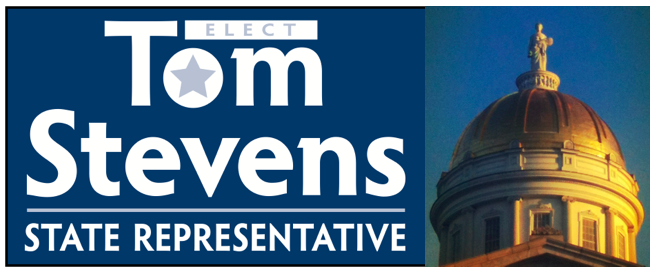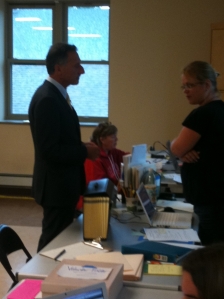The news of two weeks ago, where it was announced that FEMA was reconsidering what it will consider for reimbursement for the State Hospital and the State Complex, was, in essence, another test of our patience. Anyone severely affected by the flood knows well the seemingly ephemeral and inconsistent interpretations of what qualifies for reimbursement. Now it is the State of Vermont’s turn at dealing with the shifting sands and it is uncomfortable for the state as it was (and remains) for those dealing with it individually.
This turn of events is particularly frustrating because the state has invested over eight months of effort working in a thoughtful and bona fide manner with FEMA and made decisions and wrote legislation believing that FEMA’s participation was also bona fide, or in good faith. They will argue (and have) that they made no promises and therefore cannot be held to our assumptions. We believe that, short of a hand shake, they told us which paths to follow and how to follow them, and if we did so there would be the pot of gold we needed to make sure Vermont did not suffer financially in the replacement of the essential service provided by the State Hospital and the State Complex.
News of FEMA’s recent decision spread like wild fire and led to much fear that if the state is not reimbursed for these projects then these projects will have to be rethought and revisited, as if they were optional expenses. Given our town’s general weariness and wariness when it comes to recovery projects, our reaction was fair and it deserves an answer.
Rep. Ellis and I, as well as other town officials, have met with several members of the Shumlin Administration over the past two weeks, and we have been told, in essence, that replacing the State Hospital and rebuilding the State Complex remain high priorities and that getting FEMA to fund their share is the focus of the next two or three weeks. According to their interpretation of the ongoing meetings, just because FEMA is reevaluating which projects may receive reimbursements and at what level, it does not mean we will not be reimbursed at all. There are only several parts of these projects that are at question, but they are big ones: the permanent replacement of the State Hospital, the replacement of the power plant at the State Complex, and the demolition costs associated with rebuilding. The total reimbursements for those projects were expected to be $45 million.
Without these reimbursements, will we be able to rebuild at all? The short answer is yes. The design and concept we have been working on since early this year is still the one the administration has worked on. They are continuing to design and plan within the confines defined by need and affordability. How it is paid for is a different, mostly parallel track and is dependent on decisions to be made by FEMA.
Working with FEMA is never easy. Four years ago, Iowa flooded. Still, today, they are working with this difficult decision making process, receiving notification that they are now eligible for one large project while receiving another that FEMA will be “clawing back” substantial funds for projects that were not built to the strict adherence required by FEMA. Vermont is trying to avoid projects that will be vulnerable to “claw backs,” while at the same time fighting for every penny due it so we can rebuild and be stronger for it.
FEMA has created a video that you can see on YouTube touting its success in Vermont, and for the most part they are not wrong. Tens of millions of dollars of FEMA money will be spent in Vermont and the recovery process they sponsored has benefitted Waterbury, Wilmington and other communities, creating and cultivating a vital engagement needed by these communities to get on the road to fully recovering. But it is not all peaches and cream. They have allowed us to go down a path we thought was going to be beneficial for all of Vermont, for the mental health care community and for the state bureaucratic infrastructure–the places where we provide your services. We think that path is still viable, and now we must wait for FEMA to review and revise their estimates.
We will continue to monitor the work being done on our behalf. We expect the next decision to land in mid-August. As I have been saying for months, many miles to go…





